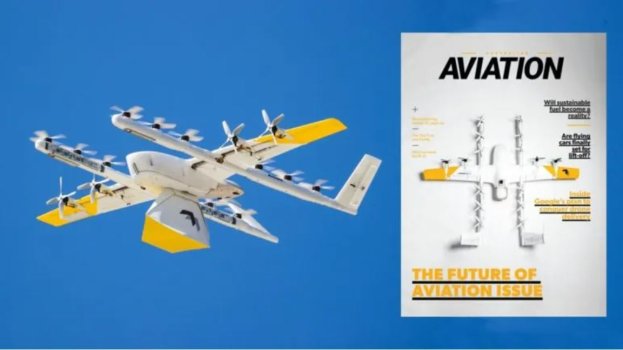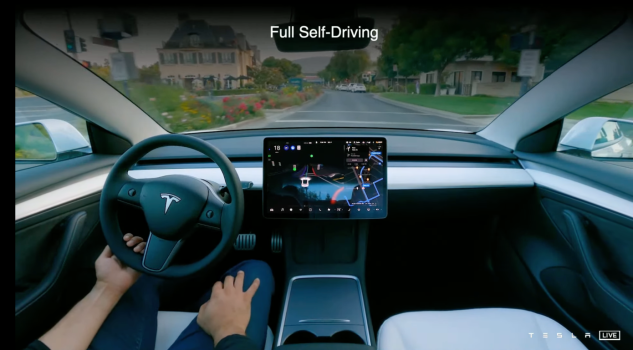Digital farming essential for smart agriculture revolution in Pakistan
- Technology Solutions
- 0 Replies
BEIJING - China is willing to share its experience and help integrate information technology and agriculture to being about green revolution in Pakistan.
Facing the common challenge of climate change, pandemic, and population growth, a smarter agriculture is the way forward for many countries including China.
“The integration of information technology and agriculture will bring about the third green revolution: agricultural digital revolution,” said Zhao Chunjiang from China’s National Engineering Research Centre for Information Technology in Agriculture. “By 2025, China’s digital agro economy will exceed a USD 100 billion.”
In the past, farmers laboured for hours in the fields. But now farm work can be done with internet systems, said a staff member of the exhibitor, Ningxia Green Pioneer (Lvxianfeng) Agricultural Mechanical Services Company, which has transformed local farming model with drones, precision hole-sowing machine, driverless harvesters and plant protecting devices, remote surveillance equipment, etc supported by the Internet of things, cloud technology, big data, etc.
“Spraying at a speed of 4.5 meters a second, each drone can complete what was used to be done by 25-30 workers per day, saving 80 percent water, 30 percent cost of plant protection, and 20 to 25 percent pesticides,” company staff introduced to China Economic Net (CEN). “They can be used in rice, wheat, and maize. Take rice as an example, about USD 60 can be saved for each hectare.”
Continue reading: https://nation.com.pk/23-Aug-2021/digital-farming-essential-for-smart-agriculture-revolution-in-pakistan
Facing the common challenge of climate change, pandemic, and population growth, a smarter agriculture is the way forward for many countries including China.
“The integration of information technology and agriculture will bring about the third green revolution: agricultural digital revolution,” said Zhao Chunjiang from China’s National Engineering Research Centre for Information Technology in Agriculture. “By 2025, China’s digital agro economy will exceed a USD 100 billion.”
In the past, farmers laboured for hours in the fields. But now farm work can be done with internet systems, said a staff member of the exhibitor, Ningxia Green Pioneer (Lvxianfeng) Agricultural Mechanical Services Company, which has transformed local farming model with drones, precision hole-sowing machine, driverless harvesters and plant protecting devices, remote surveillance equipment, etc supported by the Internet of things, cloud technology, big data, etc.
“Spraying at a speed of 4.5 meters a second, each drone can complete what was used to be done by 25-30 workers per day, saving 80 percent water, 30 percent cost of plant protection, and 20 to 25 percent pesticides,” company staff introduced to China Economic Net (CEN). “They can be used in rice, wheat, and maize. Take rice as an example, about USD 60 can be saved for each hectare.”
Continue reading: https://nation.com.pk/23-Aug-2021/digital-farming-essential-for-smart-agriculture-revolution-in-pakistan























